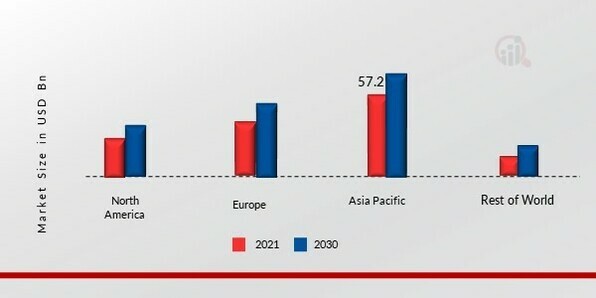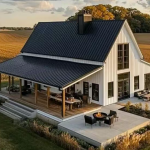Moblie: 8613816755915
Prefabricated Buildings Market Research Report(2)
In the previous article, the forecast of prefabricated buildings in terms of products and applications was analyzed, and the second part focuses on the insights of prefabricated buildings by region.
Prefabricated Buildings Regional Insights
By Region, the study provides market insights for prefabricated buildings into North America, Europe, Asia-Pacific, and Rest of the World. The Asia-Pacific Prefabricated Buildings market accounted for USD 57.2 billion in 2021 and is expected to exhibit a significant CAGR of 41.90% during the study period. Due to the region’s thriving commercial construction industry. China aims to move away from massive infrastructure projects and toward smaller-scale initiatives. According to the 13th Five-Year Plan (FYP), initiatives like water supply and treatment facilities, road improvements, urban metro systems, and public parks are intended to lessen traffic and pollution, renovate dilapidated housing, and promote the growth of small and medium-sized cities. To increase capacity at the nation’s No. 2 gateway for international flights, Japan’s Kansai International Airport plans to invest nearly 100 billion yen ($911 million) through 2025 to rebuild the larger terminal. Moreover, China’s Prefabricated Buildings market held the largest market share, and India’s fabricated Buildings market was the fastest growing market in the Asia-Pacific region.
Further, the major countries studied in the market report for prefabricated buildings are the U.S, Canada, Germany, France, the UK, Italy, Spain, China, Japan, India, Australia, South Korea, and Brazil.

Europe’s prefabricated buildings market accounts for the second-largest market share due to the increasing number of migrants who make it necessary to build both temporary and permanent dwelling buildings. Further, the Germany prefabricated buildings market held the largest market share, and the UK prefabricated buildings market was the fastest-growing market in the European region.
The North American, prefabricated buildings market is expected to grow at the fastest CAGR from 2022 to 2030. This is due to increased environmental concerns and an increase in pollutant; there is an increasing demand for sustainable construction, which is driving the use of modular construction.

